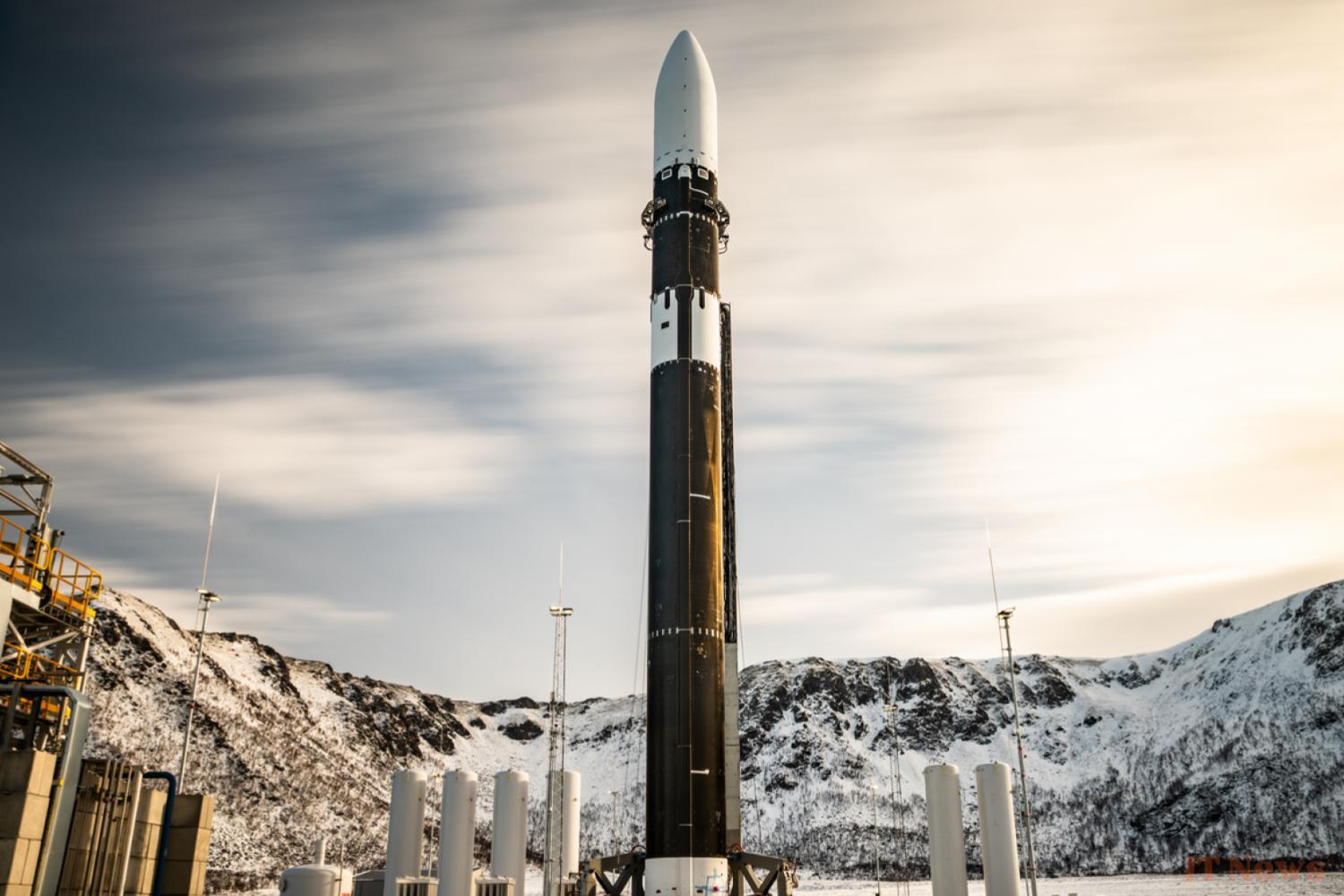This Sunday, the Spectrum launcher from the German startup Isar Aerospace became the first vehicle of its kind to take flight from Western Europe. Here are the key takeaways from this historic launch, which, even if it didn't reach its target, represents an important step in the development of European aerospace.
What is Spectrum?
Spectrum is a very small launcher, capable of carrying a ton of payload into low Earth orbit. For reference, this is about 10 times less than Ariane 62, the two-booster version of the European flagship.
It is therefore not intended to deploy heavy vehicles such as telescopes. Instead, it focuses on launching individual small satellites, which can then be deployed directly into a very precise orbit with great flexibility and in relatively short lead times.
For customers, this approach offers significant advantages over opting for a seat on a larger launcher. In addition to reducing launch times, this saves customers from having to equip their vehicles with a high-performance propulsion system to reach the target orbit autonomously. With all that this implies in terms of cost and development difficulty.
What are the challenges?
The rocket took up residence at the Andøya spaceport in Norway. This is a major first: to date, no rocket had attempted to reach orbit from Western Europe. All European launchers of this type, regardless of their category, had systematically departed either from the Kourou spaceport in French Guiana, or from bases located further east, such as Plestesk in Russia or Baikonur in Kazakhstan.
This is an important point in the current context. Since cooperation with Russia has been virtually at a standstill since the start of the invasion of Ukraine, it is crucial for Europe to find alternatives to continue its space activities without depending on Vladimir Putin's country. The other point that makes Spectrum important is that this launcher contributes to the construction of a high-performance and dynamic private ecosystem. The advantage of this approach is that it does not depend entirely on launchers managed by government agencies that traditionally piloted all space activities before the "New Space" era. Ariane 6 will not be able to meet all the continent's launch needs; For Europe to benefit from a certain autonomy in this field of growing strategic importance, it is crucial to encourage the emergence of local start-ups such as Isar, RFA, Orbex, or PLD, to name but a few.
How did the launch go?
The firing, the first critical step in any launch, went well overall. The rocket successfully lifted off without a hitch, thus validating the main objective of its mission.
Unfortunately, this major first turned sour in less than a minute. Barely 18 seconds after liftoff, the operators lost control of the rocket. They were therefore forced to initiate the emergency shutdown protocol, sending the vehicle hurtling towards the surface. The flight ended with a spectacular explosion, ending any hope of reaching orbit on the first attempt.
What went wrong?
The company has not officially released the nature of the malfunctions that sent Spectrum hurtling towards the surface.
A closer look at the images, however, reveals that the vector control system (or TVC, the set of software and mechanical elements that control the thrust angle of the engines) began to oscillate rapidly from one side to the other shortly before the crash.
This suggests that the problem arose either in the control system or the propulsion system. Since Spectrum has nine individual engines, the failure of one or more units could easily have generated too great an asymmetry in thrust, beyond the TVC's correction capabilities. In any case, we will have to wait for the end of Isar's internal investigation to learn more.
What can we conclude from this mission?
Despite these malfunctions, Isar considers the mission a success. Even though Spectrum did not reach low Earth orbit, the primary objective of this launch was to successfully complete the burn and liftoff—two boxes that were successfully checked.
It's worth remembering that reaching orbit is a notoriously difficult exercise, and it is extremely rare for a rocket to achieve it on its first attempt. This is particularly true for ultralight private launchers of this type, which have a relatively limited budget compared to the industry's leading companies. For example, Rocket Lab's Electron and Astra's Rocket 3, Spectrum's direct competitors in this segment, required 2 and 4 attempts respectively to reach orbit. This crash is therefore not infamous, and thanks to the valuable telemetry data collected during this brief but intense flight, the company is hopeful of reaching orbit in the relatively near future.
The other good news is that the consequences of this failure are far from catastrophic. For this first attempt, Isar had decided to test its rocket empty, without any real payload. No customer saw their equipment go up in smoke. Furthermore, the spaceport's ground infrastructure was not damaged. There will therefore be no need to carry out repairs before the next flight.
The date of the next attempt has not yet been announced, but it could therefore occur in the relatively near future. The company has indeed announced in a press release that two additional launchers are already in production. It will therefore be worth keeping an eye on Isar's schedule, which seems well on its way to establishing itself as a leader in European private aerospace.




0 Comments